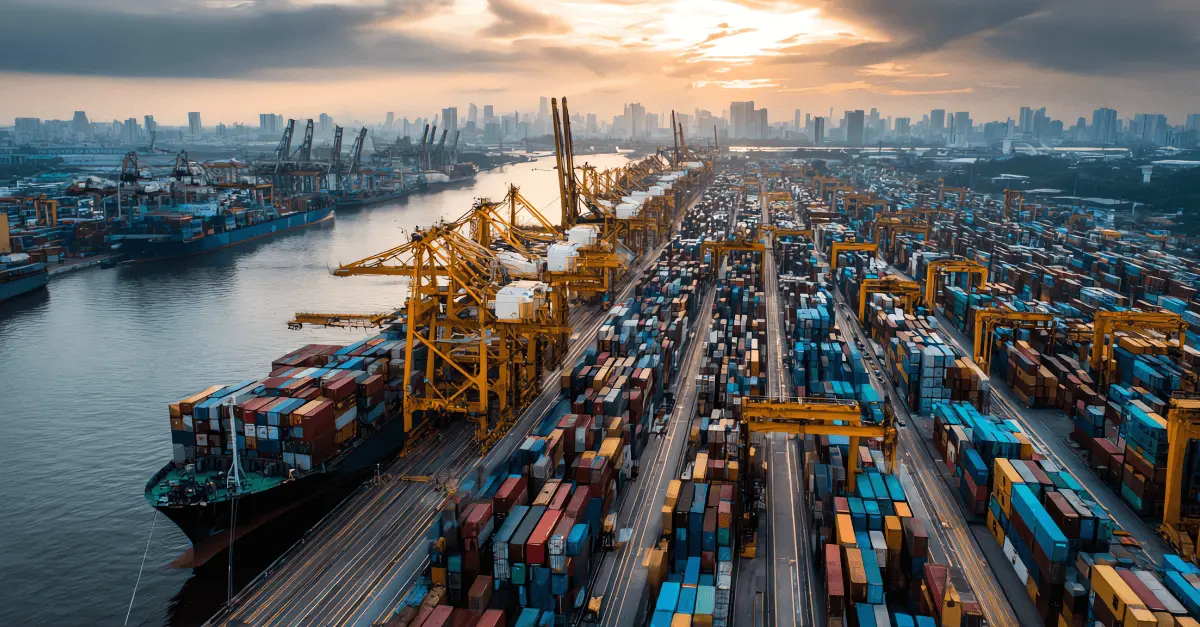What is Forced Labor in the Technology Industry Supply Chain?
Forced labor in the technology industry supply chain refers to the exploitation of workers involved in producing and distributing technology products and services

Forced labor in the technology industry supply chain refers to the exploitation of workers involved in producing and distributing technology products and services. It is a form of modern slavery that can occur at any stage of the semiconductor and technology supply chain, from the extraction of raw materials, mining, raw material processing, silicon wafer production, assembly, and the testing of finished products to the disposal of electronic waste.
Workers in the technology industry supply chain may be subject to various forms of exploitation, including human trafficking and modern slave labor. They may be forced to work long hours in unsafe and inhumane conditions for little or no pay. Many are also subjected to physical and verbal abuse and may be deprived of their freedom of movement and the right to leave their jobs.
Forced labor in the technology industry supply chain is a major human rights issue, affecting millions of workers worldwide. Therefore, companies in the technology industry have a responsibility to ensure that their supply chains are free from forced labor and to work with suppliers to address any instances of exploitation.
There have been numerous reports of forced labor in the technology industry, particularly in countries such as China, where labor laws are weaker, and enforcement is often lax. As a result, workers may be subjected to long hours, low pay, dangerous working conditions, and other forms of exploitation, and may be unable to leave their jobs due to threats, violence, or other forms of coercion.
There have also been reports of forced labor in the mining and production of raw materials such as cobalt, mica, tin, and others. Children are often forced to work long hours in dangerous and unhealthy conditions and may be physically and emotionally abused.
Cobalt, for example, is a critical component of lithium-ion batteries in smartphones, laptops, and other electronic devices. The Democratic Republic of Congo (DRC) produces more than half of the world's cobalt, and there have been reports of forced and child labor in cobalt mines. Coltan, or columbite-tantalite, is another material linked to slave labor and is mined in the Democratic Republic of Congo (DRC). Coltan is used in the production of capacitors, which are used in electronic devices such as smartphones and laptops.
Other raw materials linked to forced labor include:
- Gold is used in producing electronic components, electroplating, and bonding wires and is often mined in countries with a high risk of forced labor and other human rights abuses, such as Burkina Faso, Mali, and the DRC.
- Mica is a mineral used in various electronic products, including capacitors and insulators. Mica is often sourced from mines in India, where child labor and unsafe working conditions have been reported.
- Tin is used to produce solder, which connects electronic components to electronic devices. Tin is mined in several countries, including Indonesia, Malaysia, and Bolivia. There have been reports of forced labor and other labor abuses in the tin mining industry in these countries.
- Tungsten is used to produce electronic components such as light bulbs and transistors. Tungsten mining has been linked to forced labor and human rights abuses in countries like the DRC and Myanmar.
The Democratic Republic of Congo (DRC) and surrounding countries in Central Africa have also been linked to mining conflict minerals used in a wide range of products, including consumer electronics, jewelry, and automotive parts. Conflict minerals are minerals that are mined in areas of armed conflict, often by forced or coerced labor, and are sold to finance armed groups or contribute to human rights abuses. The most commonly referred to as conflict minerals are tin, tantalum, tungsten, and gold (often called the "3TG" minerals). Learn more about Conflict Minerals.
In addition to the raw materials used in electronic products, there are also risks of labor abuses in producing electronic components and finished products. For example, there have been reports of labor abuses in electronics manufacturing facilities in countries like China, including long working hours, low wages, and poor working conditions.
To address this issue, some technology companies have established ethical sourcing policies and programs to identify and prevent forced labor in their supply chains. These efforts include conducting audits and inspections, working with suppliers to improve labor conditions, and engaging with stakeholders to promote transparency and accountability.
Despite these efforts, eliminating forced labor in the technology industry supply chain remains a challenge, given the complexity and global nature of the supply chain. However, ongoing collaboration among stakeholders, including governments, non-governmental organizations, and industry groups, can help address this issue and ensure workers are protected from exploitation.
Frequently Asked Questions





The Z2Data Solution
Z2Data is a leading supply chain risk management platform that helps organizations identify supply chain risks, build operational resilience, and preserve product continuity.
Powered by a proprietary database of 1B+ components, 1M+ suppliers, and 200K manufacturing sites worldwide, Z2Data delivers real-time, multi-tier visibility into obsolescence/EOL, ESG & trade compliance, geopolitics, and supplier health. It does this by combining human expertise with AI and machine learning capabilities to provide trusted insights teams can act on to tackle threats at every stage of the product lifecycle.
With Z2Data, organizations gain the knowledge they need to act decisively and navigate supply chain challenges with confidence.


.svg)






